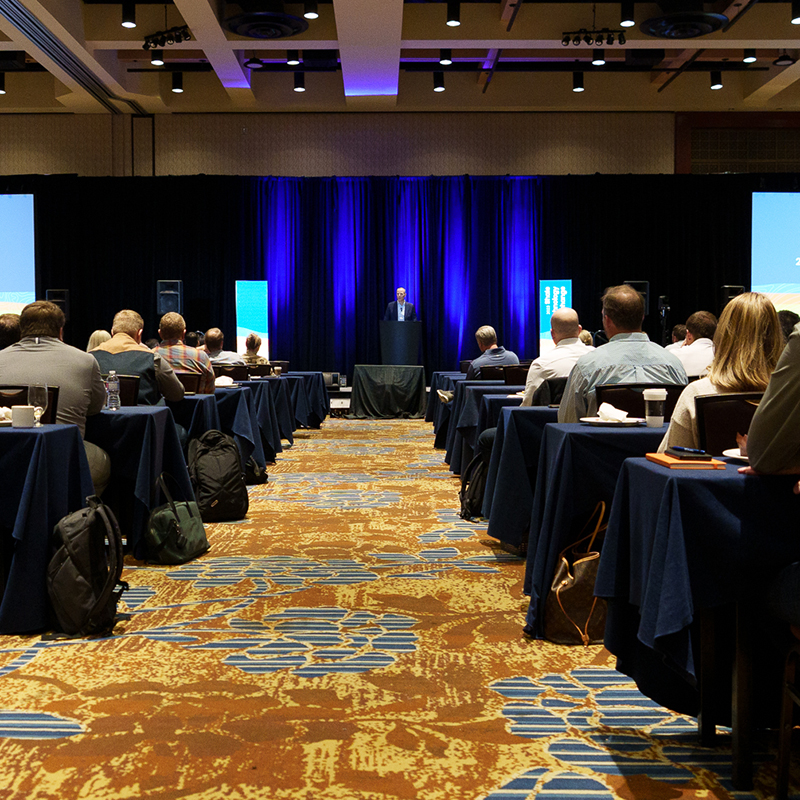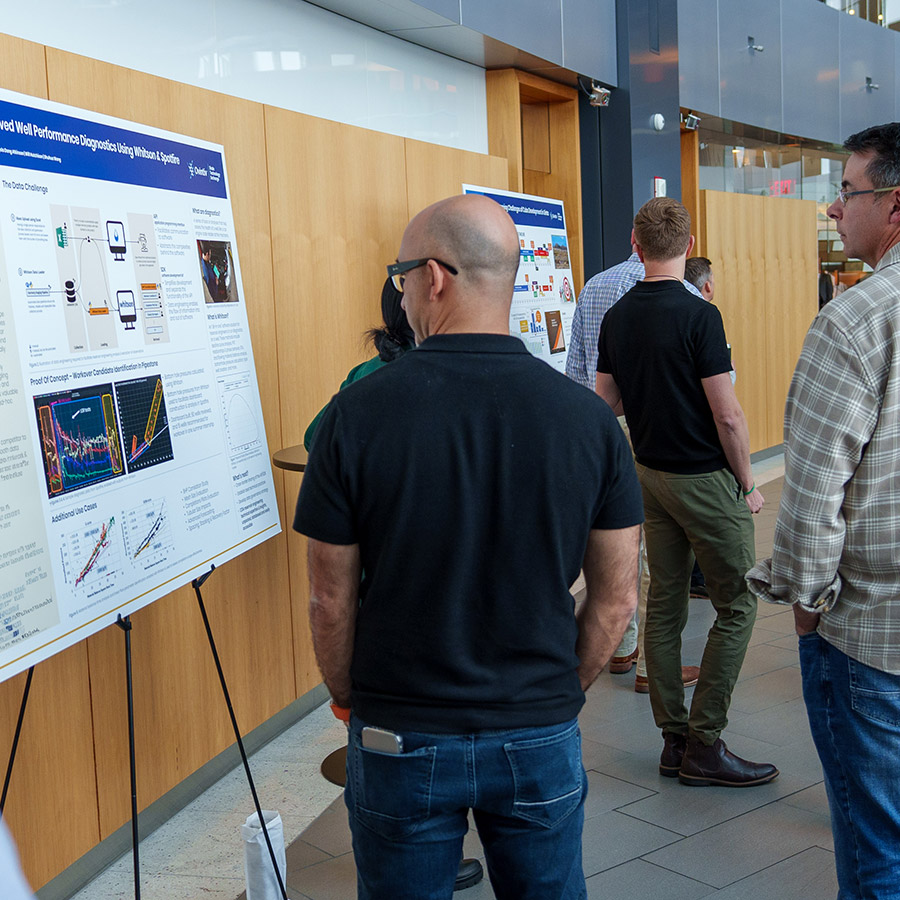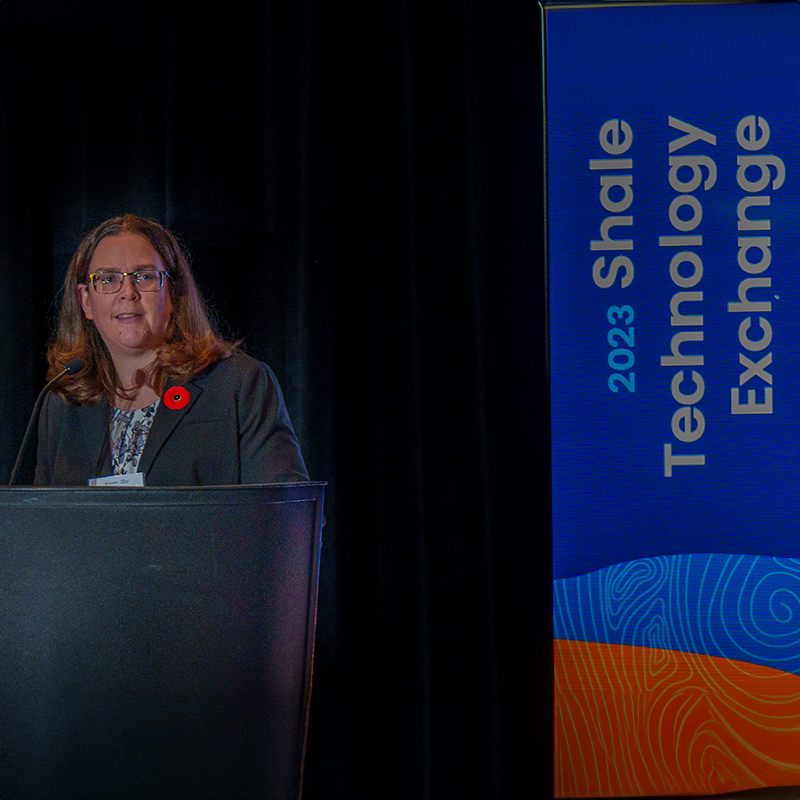OPERATIONAL INNOVATION
We believe that innovation, efficiency and technology are the most effective methods for minimizing our environmental footprint. As part of our operational strategy, we challenge our teams to identify and implement new ways to enhance our processes. The examples below highlight ways we drive continuous improvement across the lifecycle of our operations.
Innovation in Action
Our teams drive continuous improvement across our operations, finding the intersection between efficiency and environmental benefits.
Electrifying our operations
Our teams recognize the value of using electric power where possible to reduce greenhouse gas emissions as well as noise. From hydro-powered gas plants in British Columbia to electrified frac fleets displacing diesel usage in the Permian, we continue to evaluate the conversion of existing infrastructure where appropriate.
Transforming completions with simul-fracs and trimul-fracs
Simul-frac, an innovative completions technique that involves hydraulically fracturing two wells at once, is now used extensively across all our operating areas. By pumping down two wells, we can do more with the same amount of horsepower, leading to reduced fuel use and wear on equipment. Unlike a zipper frac, where one well is completed with 100 barrels of fluid per minute, simul-fracs use 160 to 180 barrels of fluid per minute between two wells. In the Uinta Basin, simul-fracs have delivered a 300% efficiency gain. With significant energy, emissions and cost efficiencies already achieved, we continue to explore opportunities to further optimize simul-fracs in our operations.
In 2023, we successfully began using trimul-fracs, gaining even more efficiency through pumping and executing three wells at the same time. Using an electrified fleet to hydraulically fracture these wells, we displace diesel usage and lower our emissions by about 30% compared to using a zipper frac. In 2024, we plan to use trimul-fracs for more than 50% of our well completions in the Permian.
Using seismic data to make better wells
Reducing frac hits by using less fluid
Infill wells – new wells drilled near legacy or “parent” wells – have become common in shale plays, enabling access to more resources while limiting operational footprint. However, during completion activities, hydraulic fracturing fluids from a new well can affect pre-existing parent wells, causing a “frac hit.” This “hit” creates pressure loss in parent wells, leading to lower production and the potential to damage production tubing, casing and even wellheads.
To mitigate frac hits, we changed our completions design to use less fluid in the hydraulic fracturing process. In addition to preserving production, this technique typically uses less water, can mitigate induced seismicity during hydraulic fracturing operations and reduces flaring and associated emissions upon flowback.
Optimizing fracs to reduce water usage
Our Canadian Operations team has dedicated Frac Supervisors who monitor hydraulic fracture treatments via satellite from a centralized command center. The Supervisors optimize each fracture stage in real-time by reducing water volumes, while placing the designed sand volumes, which reduces the duration and cost of the operation. In 2023, hydraulic fracturing water volumes were reduced by approximately 15% through this initiative.
Using wet sand to lower environmental impacts and operating costs
Hydraulic fracturing uses large volumes of specialty sand that keeps rock fractures open so oil and natural gas can flow through the wellbore. Historically, this sand was dried at a mine using heated air before being transported to the wellsite – a process that is emissions, fuel and cost intensive. Our Operations and Supply Chain Management teams have developed an innovative way to use locally sourced wet sand instead and have worked with service providers to implement it in the field.
By using wet sand, we lower the environmental footprint of the mining process. Not only do we avoid the energy-intensive drying process, but there is no need for routing gas or electric lines to the dryer equipment or obtaining regulatory air permits. Storage is also more efficient because wet sand can be stocked in large, low-cost decanting piles. In addition to lowering costs, using wet sand reduces the amount of hazardous airborne dust that can occur with dry sand.
Locally sourcing wet sand has the added benefit of reducing transportation from traditional mines that are typically located long distances from the wellhead. In our Permian operations, the combination of sourcing sand locally and removing the drying process has reduced emissions more than 80% compared with imported sand.
Chief Engineering Organization
Our unique Chief Engineering Organization exemplifies Ovintiv’s commitment to innovation and teamwork. This small group of highly experienced, proven experts from key parts of our operations facilitate a multi-basin approach to reducing costs, solving complex challenges, developing new products and sharing emerging technology across disciplines. Knowledge sharing is enhanced through technical exchanges and advisors embedded within the operating teams.
Ovintiv established an Emissions Performance Group within the Chief Engineering Organization. The group collaborates across disciplines within the Company to identify and evaluate operational emissions reduction opportunities, among other environmental improvements.
Shale Technology Exchange (STE)
Ovintiv’s internal collaboration forum, the Shale Technology Exchange, brings together technical staff to present, debate and share ideas and solutions that drive our operations forward. The forum includes presentations and technical talks from employees across the organization, enables staff to build relationships, share ideas and drive enhancements for both well results and costs. Keynote addresses and technical talks are also live streamed for employees unable to attend in person enabling them to participate virtually.
Key Collaborations
We believe collaboration solves problems and improves outcomes. We participate in trade associations and partner with government and other organizations to investigate challenges that impact our industry and increase scientific knowledge of the attributes and behaviors of the rocks and reservoirs where we operate. The results of this research often inform best management practices relating to production efficiencies, the environment and the health and safety of our employees.

The Environmental Partnership
Ovintiv was a founding member of The Environmental Partnership, a group of 90 oil and natural gas companies of all sizes, committed to reducing the industry’s environmental impact. By learning from each other and acting on the knowledge and ideas gained, we identify emissions reduction solutions that are technically feasible and commercially proven. A key focus area of the Partnership has been developing basin-level action plans aimed at reducing emissions.
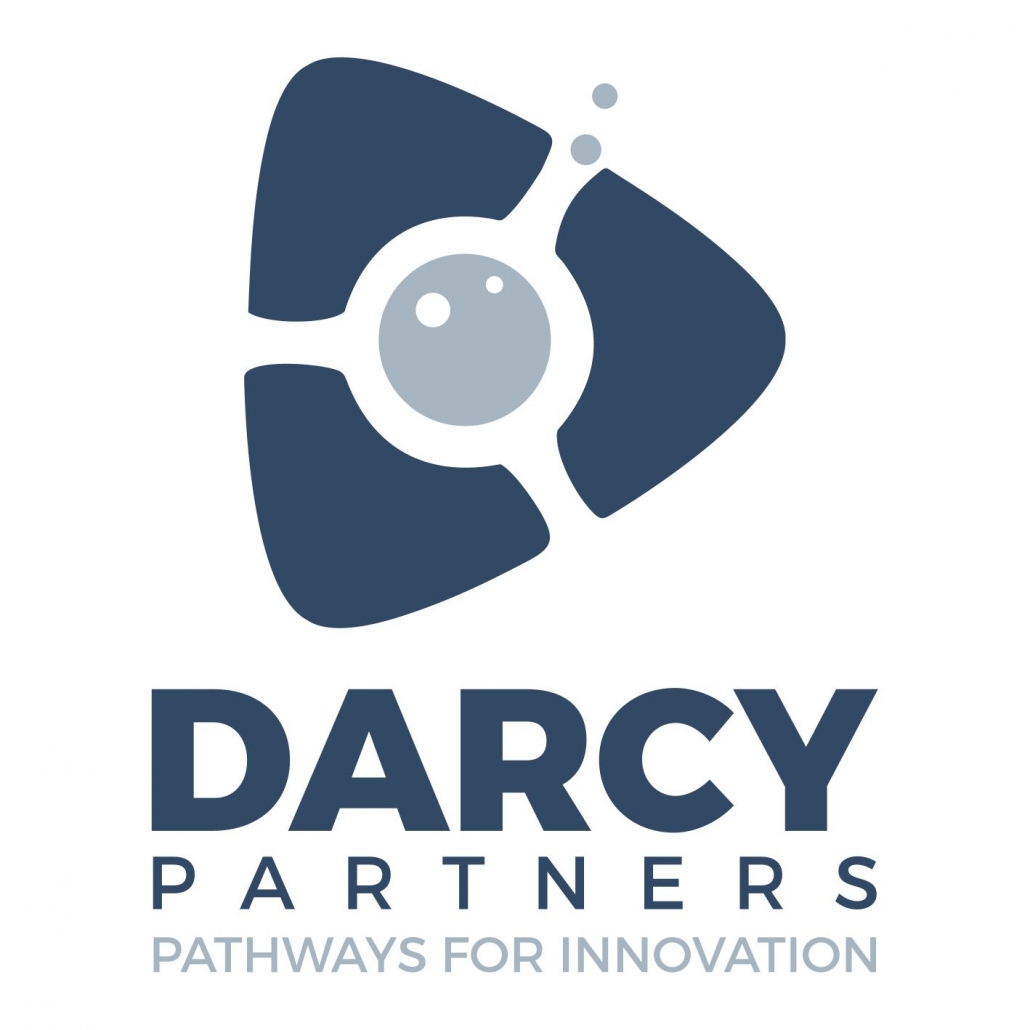
Darcy Partners
Ovintiv is an active member of Darcy Partners, an innovation hub that brings energy industry members together to find solutions to technology challenges. Members collectively represent over 60% of North America oil and natural gas production and over 35% of the global production.
Member companies participate in regular technology and innovation forums, have access to the latest innovation research, and engage in weekly knowledge sharing presentations to share learnings and collaborate on complex, technical challenges. Forum topics range from highly technical engineering discussions to forward looking, future opportunity outlooks.
Darcy Partners serves as a valuable crowd-sourcing tool to disseminate new ideas and spread new technology across the industry, fostering relationships and encouraging collaboration.
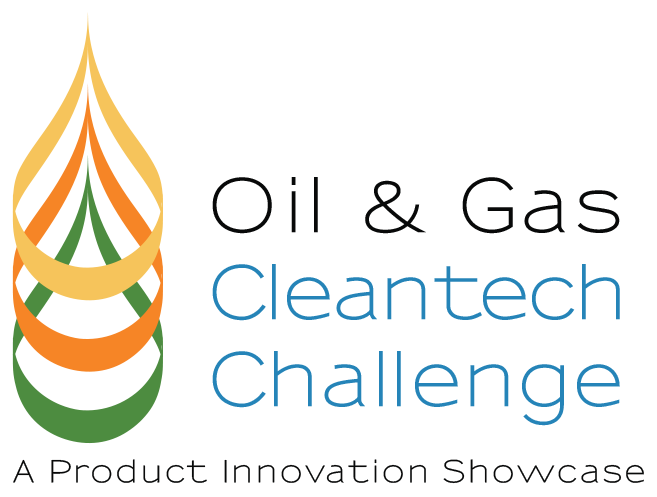
Colorado Oil & Gas Cleantech Challenge
Ovintiv is a proud sponsor of the Colorado Cleantech Industries Association Foundation’s (CCIAF) Oil & Gas Cleantech Challenge, a product innovation showcase and competition that connects clean technology solutions to the oil and natural gas industry including technologies that address methane mitigation, resource usage, water quality and operational risks.
The innovative solutions providers face a robust vetting process, where the top 12 companies are identified and invited to present their technologies to the partners and sponsors at the live event.
We continue to leverage winning technology from Calgary-based cleantech startup, Kathairos Solutions. We are utilizing their Simple Methane Elimination project which uses liquid nitrogen – a non-toxic, non-polluting gas – to power remote oil and natural gas wellsite devices, pumps and valves. These units have been installed on over 40 multi-well pad sites in our Canadian operations and are a significant factor in our Canadian low-emitting facility design. As we deployed our low emissions facility design into British Columbia, Kathairos Solutions brought Doig River First Nation and their economic arm Úújǫ Developments Limited Partnership into a strategic partnership. The partnership is an excellent example of Indigenous participation in responsible energy development – reducing emissions at existing and future sites while delivering long term revenue generation and economic development opportunities to their community. We have started piloting this technology in our Permian operations with positive results.

Petroleum Technology Alliance Canada (PTAC)
PTAC serves as a third-party, non-profit facilitator of research and technology development and manages the industry-sponsored Alberta Upstream Petroleum Research Fund (AUPRF). This fund supports independent peer-reviewed research performed by consultants and scientists (government and academia) to increase knowledge, assist in decision-making and develop solutions to industry environment, social and governance matters.
The work has been focused on evaluating emissions reduction technologies via the PTAC Methane Consortia including various electric and instrument air-powered actuation pilots, demonstration of engine improvements to tackle methane slip, and optimization of pneumatic pumps via component retrofits.
BC Oil & Gas Methane Emissions Research Collaborative (MERC)
Created in 2020, MERC is a joint initiative between industry, the British Columbia government and environmental non-governmental organizations to advance research on methane emissions from oil and natural gas activity. The initiative’s goals include broadening scientific understanding of methane emissions sources, detection and measurement methods, and identifying emissions reduction and control technologies that can be implemented by operators.
Since its inception, MERC has implemented a collaborative research plan to improve understanding of fugitive emissions (both site-level emissions and potential impacts on emissions inventories) and leak detection and repair (LDAR) program design, including the use of alternative or emerging technologies. Initial projects focus on methane venting from storage tanks and compressor seals; an assessment of fugitive emissions management comparing pre and post-methane regulation enactment data; evaluation and comparison of alternative LDAR programs; and comparison of top-down and bottom-up emissions inventory quantification methodologies.

BC Oil and Gas Research and Innovation Society (BC OGRIS)
BC OGRIS focuses on addressing knowledge gaps to inform environmental, operational and health and safety policy, as well as industry practices related to oil and natural gas exploration and development in British Columbia. BC OGRIS manages industry-sponsored funding for independent peer-reviewed research that seeks to improve industry environmental performance.
It has supported several initiatives including:
- MERC fugitive emissions research projects
- the advancement of First Nations-led restoration projects on legacy petroleum and natural gas sites
- a multi-year Aboriginal Liaison Program that trains liaisons from Indigenous communities to monitor oil and natural gas-related impacts

Northern Alberta Institute of Technology (NAIT)
Ovintiv has established an Applied Research Chair in Energy, led by Dr. Justice Asomaning, who heads the Clean Technologies Team and is focused on multi-disciplinary and multi-stakeholder projects in the emerging circular economy. Dr. Asomaning will also lead projects in the development and field validation of low-carbon emissions technologies for the remediation of hydrocarbon and salt-impacted sites.
A key focus area has been research into transforming natural resources and industrial by-products and residual materials into high-value chemicals.
Avatar Innovations Ignite Program
Ovintiv is a proud Builder-Level sponsor of the Avatar Innovations Ignite Program, showcasing our leadership in the energy sector and commitment to progress. The program aims to engage young professionals to work in cross-functional teams to develop business opportunities that address real industry challenges, fostering a new era of energy solutions that are both innovative and environmentally conscious.
